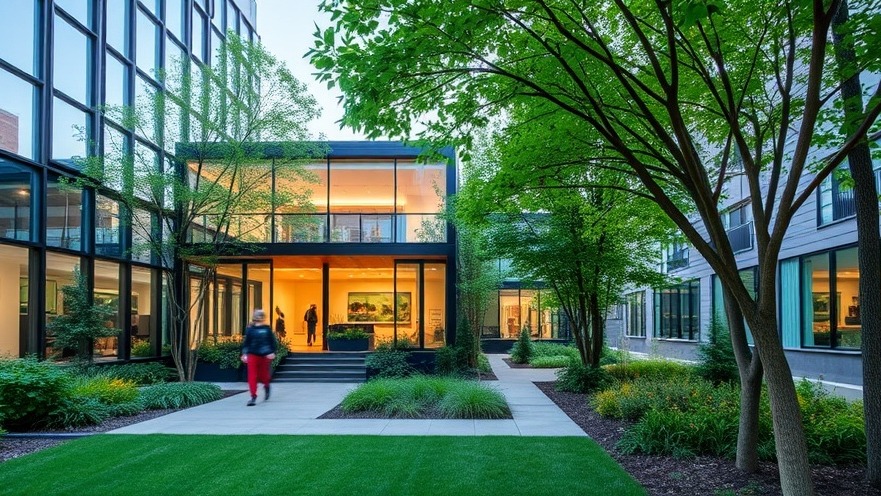
Justin Aubuchon Takes Leadership Role at BOND Building Construction
BOND Building Construction, a notable subsidiary of BOND Brothers Inc., has recently announced the promotion of Justin Aubuchon to vice president of Preconstruction and Estimating. With a remarkable 17-year tenure at the company, Aubuchon will now spearhead initiatives aimed at providing thorough budgeting, value-engineering services, and detailed project scopes and budgets tailored for clients and the in-house team.
A Proven Track Record in Estimation
Aubuchon’s expertise as the sole estimator on numerous significant projects for healthcare and education clients demonstrates his capabilities in the field. His prior role at Payton Construction further enriches his experience, combining technical skills with hands-on knowledge of construction practices.
Commitment to Sustainability and Innovation
As BOND Building Construction emphasizes its dedication to sustainable practices, it is worth noting that Aubuchon holds a Bachelor of Science in civil engineering from the University of Massachusetts Lowell. His qualifications include being a LEED Accredited Professional and earning an Associated General Contractors Certificate in Lean Construction. These credentials position him to make significant contributions to BOND’s commitment to reducing environmental impact, minimizing waste, and enhancing community health.
Community and Environmental Engagement
BOND’s active membership in the U.S. Green Building Council reflects its commitment to integrating green construction practices across all projects. As Aubuchon assumes his new role, it will be essential to monitor how his leadership influences the company’s strategic direction in fostering sustainable building practices that not only address client needs but also promote overall community wellness.
 Add Row
Add Row  Add
Add 






Write A Comment